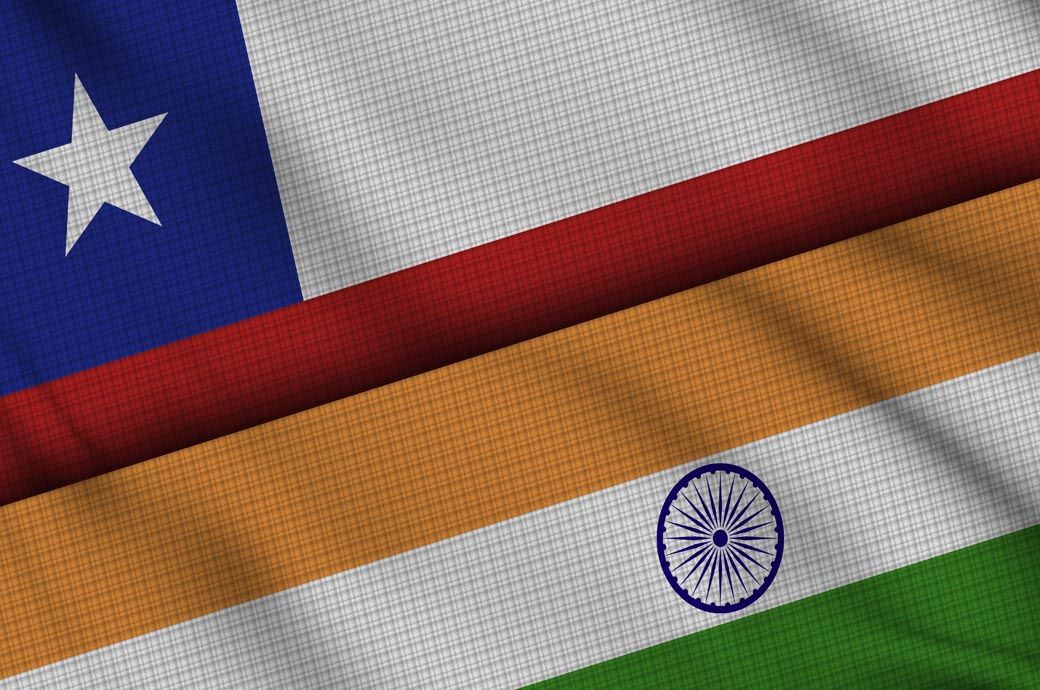
Has the PTA benefitted the nations?
The answer so far has been positive, with the countries engaging not only in economic cooperation but also in ensuring policy stability—a rare mutual understanding. The PTA has indeed led to a jump in Indian exports to the richest nation in Latin America. If we analyse Indian exports to Chile post-PTA, the growth is already visible. Except for the years of the pandemic, the trade has seen a massive boost, with total exports growing by a staggering 52 per cent in 2021, where the exports reached $1 billion.
Figure 1: India’s exports to Chile (in $ bn)
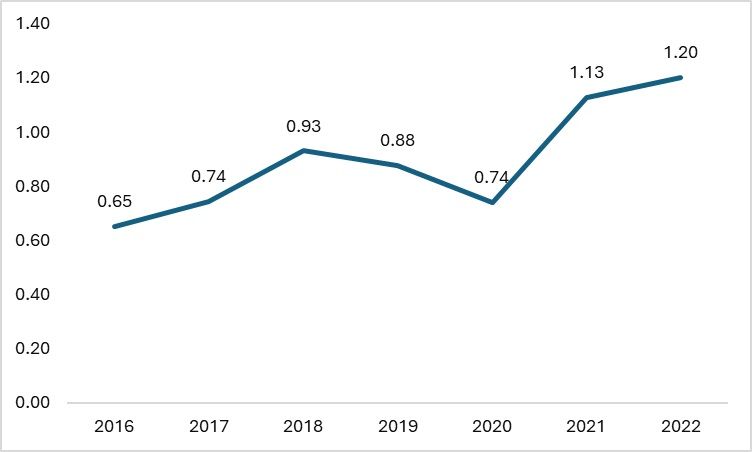
Source: ITC Trademap
Figure 2: Growth in India's exports to Chile (in %)
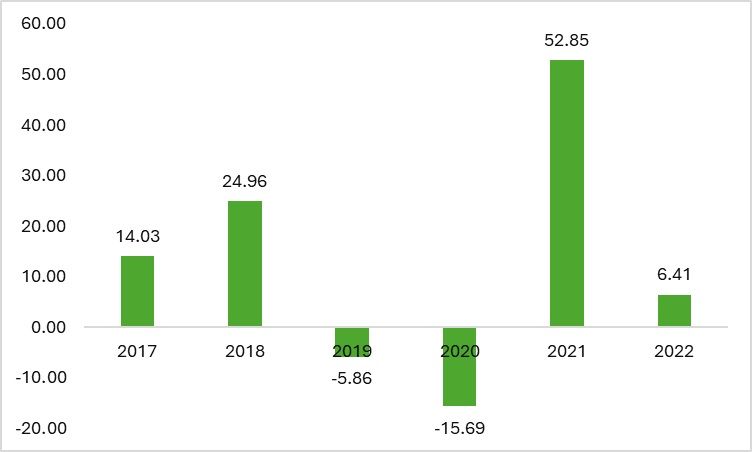
Source: ITC Trade map; F2F analysis
The current growth in trade under the PTA provides hope for increased market access for Indian goods in Chile. Negotiations, which are set to begin after the general elections in India, will potentially offer market access to more than 2,000 tariff line products. India primarily exports textiles, metals, and chemicals, among other items. Already, around 2,100 tariff line products receive preferential treatment. In total, 106 textile tariff lines already benefit from this treatment. The addition of new products will mean enhanced market access, which India needs as it looks to expand trade beyond conventional partners like the US and the EU.
India’s contribution in Chile’s imports?
India currently accounts for a modest 1.45 per cent of Chile's total imports, while the US and China dominate the majority of the market. This pattern extends to the textile sector as well. Consequently, the ongoing negotiations hold the potential to substantially benefit India. By broadening the scope of the trade agreement, India aims to enhance its standing as one of the major trading partners in Latin America and establish itself as a key player in Chile, which is regarded as one of the most developed nations in the region.
Figure 3: Share of different nations in Chile's imports in 2023 (in %)
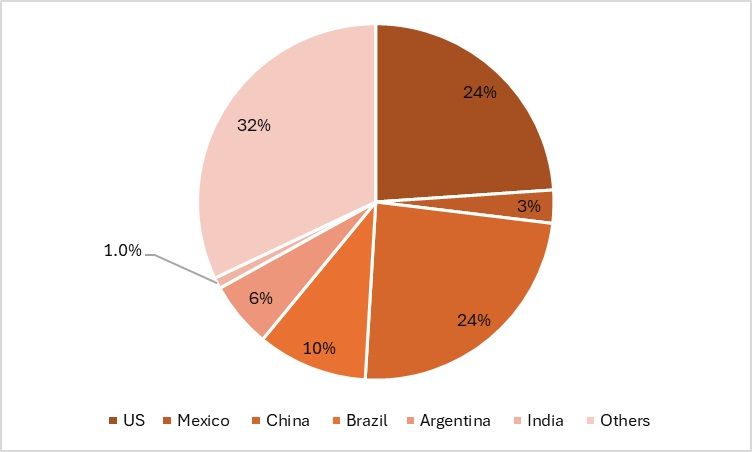
Source: ITC Trade map
Bilateral trade between the two nations in fiscal 2022-23 saw a 2 per cent increase, demonstrating a robust recovery post-pandemic. Despite the dampening effects of the labour crisis and domestic unrest on trade growth in Chile, the longstanding economic ties and the advantages India has gained from the PTA serve as a prime example of how such agreements can benefit a country. In the context of textile exports, India needs to enhance its exports, both in value and volume, a goal that could be achieved with the signing of a Free Trade Agreement between the countries.
Figure 4: Share of different nations in Chile's textile imports in 2023 (in %)
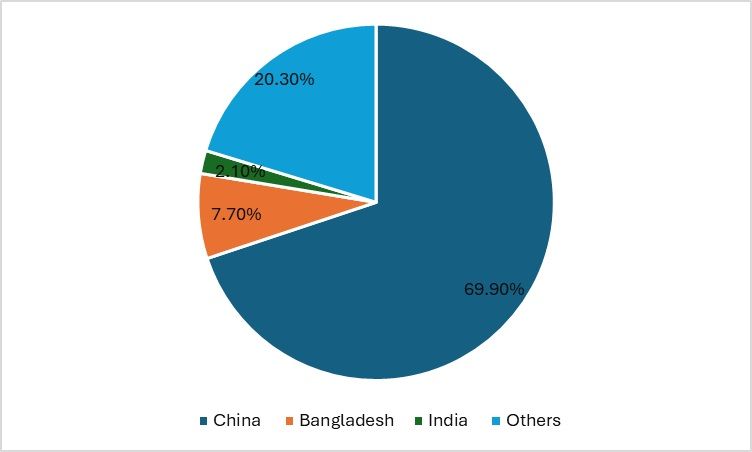
Source: ITC Trade map
India has benefitted most from the agreement, securing more tariff lines with preferential treatment compared to Chilean goods. Specifically, exports of Indian cotton apparel to Chile have seen the most significant increase according to the tariff lines. However, there is a need for greater momentum in the exports of apparel made from man-made fibres. While India already enjoys established benefits in cotton apparel, it needs to boost exports of synthetic and other fibres as well. The figures below illustrate the exports of products that have been granted a 30 per cent preferential margin by Chile under the PTA.
Figure 5: Women’s tracksuit made of manmade fibre - woven (in $ mn)
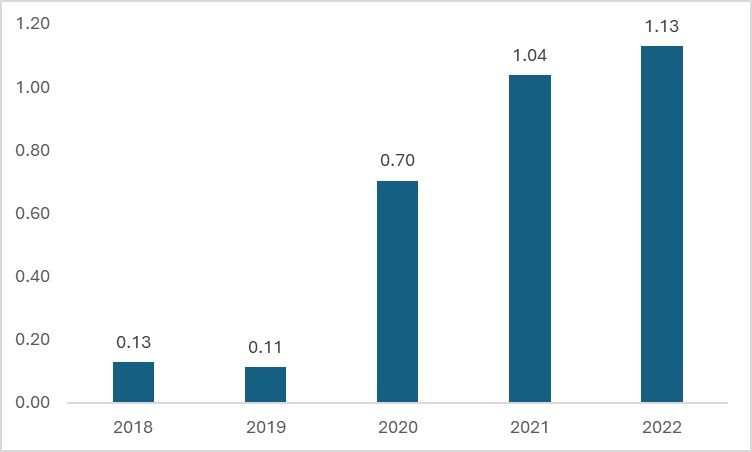
Source: ITC Trade map
The exports of products, including knitted, woven, and home textiles, have generally experienced growth under the given preferential margin of 30 per cent. Thus, the PTA has significantly helped India not only to boost overall exports but also to increase textile exports to Chile. With the exception of home textiles, almost all products included in the PTA have shown growth.
Figure 6: Exports of cotton curtains and drapes (in $ mn)
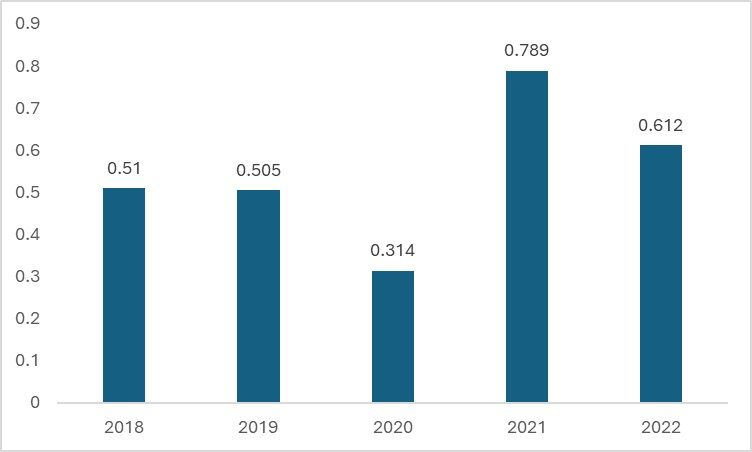
Source: ITC Trade Map
Figure 7: Export of cotton baby garments and clothing accessories (in $ mn)
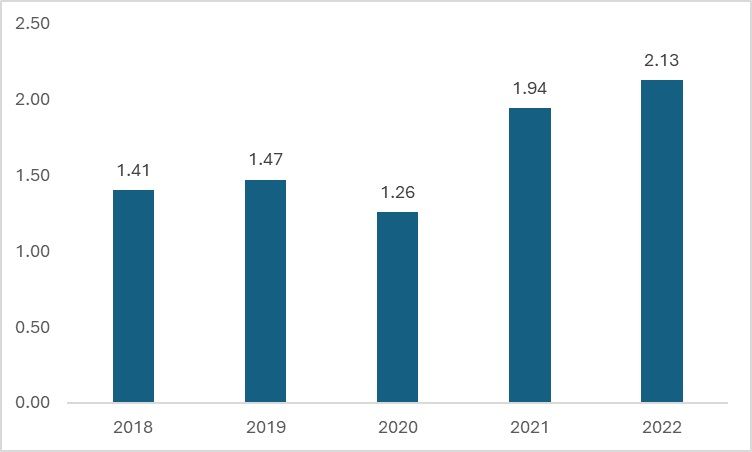
Source: ITC Trade map
Would an FTA be beneficial?
Considering the overall trade dynamics, policy coordination, and stability, a Free Trade Agreement would likely benefit India in the long term. With policies that support the textile industry and the production of various products, increased market access to different countries would improve India's position in terms of exports. As many countries recognise the potential in Latin American markets and seek investment opportunities there, extending India's Preferential Trade Agreement (PTA) to an FTA post-election could be a significant step toward expanding in the Latin American market. Although trade has slowed due to the global economic crisis and other external factors, an FTA would facilitate greater access for both countries.
Fibre2Fashion News Desk (KL)